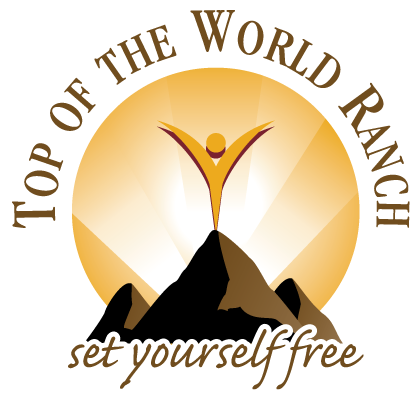As the leaves turn and the days grow shorter, many individuals confront the silent struggle of Seasonal Affective Disorder (SAD) – a recurrent type of depression that typically arises in the fall and winter months. Beyond the common moniker of ‘winter blues,’ SAD can profoundly impact one’s daily life, potentially leading to or exacerbating substance use disorders. In this overview, we explore the nuances of SAD, its interplay with addiction, and the importance of seeking holistic care and support.
Understanding Seasonal Affective Disorder
Seasonal Affective Disorder is more than a passing sadness; it’s a pattern of depressive episodes that align with the season’s cycle — particularly affecting individuals in the colder, darker months. Symptoms can range from a persistent low mood, increased irritability, to withdrawal from social interaction, underscoring the need for recognition and understanding. Recognizing these signs early can lead to more effective management and prevent the escalation into more severe mental health challenges.
The Subtle Link Between Seasonal Moods and Substance Use
For some, winter’s diminished light and cold dampen spirits and invite a reliance on substances, whether it’s to feel more energized or to combat loneliness. This reliance can quickly spiral into a substance abuse disorder, a condition that merits understanding rather than judgment. Addressing both seasonal affective disorder and substance use with empathy is crucial in fostering recovery and resilience.
Recognizing and Responding to Seasonal Shifts
With each season’s turn, we must be aware of the shifts within ourselves and our loved ones. These shifts may manifest as subtle changes in behavior, energy levels, or coping mechanisms. Understanding these signs and responding with support – such as engaging in conversation or suggesting a visit to a healthcare provider – can make a significant difference in someone’s life.
Strategies for Managing SAD
There are several strategies that can help alleviate the symptoms of SAD. Encouraging a routine that includes exposure to natural light, maintaining a healthy diet, and finding ways to stay active can serve as the first steps toward better mental health. For those who experience SAD, these strategies can be vital in maintaining a sense of normalcy and control during the challenging months.
Professional Support
When SAD and addiction intertwine, the path to wellness may require professional intervention. Centers like Top of the World Ranch provide a safe place where individuals can receive comprehensive care tailored to their unique needs. Such professional support combines evidence-based treatments with a compassionate understanding of the struggles faced by those with SAD and addiction.
The Power of Community in Recovery
The journey to overcoming the challenges of seasonal affective disorder and addiction is not one to be walked alone. There is immense power in community – a network of peers, loved ones, and professionals all contributing to the recovery process. Sharing experiences, offering a listening ear, and simply being present can play a pivotal role in supporting someone’s recovery journey.
Seasonal affective disorder and its impact on addiction can present complex challenges, yet with increased awareness, supportive strategies, and the availability of professional care, there is a path forward. It’s a journey of small steps, community support, and sometimes, professional guidance to rediscover balance and health.
Addiction Treatment in the Quad Cities
Top of the World Ranch is your partner in addiction treatment in the Quad Cities and beyond. With our dedicated team of experts and a compassionate approach to recovery, we are committed to helping individuals and families find hope and healing. If you or a loved one needs support on the journey to recovery, don’t hesitate to reach out. Click here to contact us.

